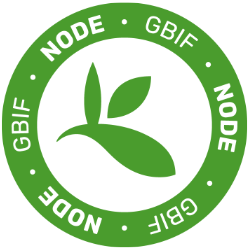Title: Best Practices for Integrating Collections into Education
Date: Full day symposium on June 22, 2017
Sponsored by: SCNet, iDigBio, NSCA, AIM-UP!, BLUE, SHC, and SPNHC
Organizers: Anna Monfils, Molly Phillips, and Gil Nelson
Summary: With the publication of Vision and Change in Undergraduate Biology: A Call to Action, the recent AIBS initiative “Leadership in Biology”, and other federal reviews of STEM education in the US there is national recognition that the next generation of college graduates must be skilled in communication and collaboration, have quantitative competency, possess the ability to understand and interpret data, and be comfortable working with large databases. Specimens and data from NHCs can serve a unique role in addressing Vision and Change recommendations as museum specimens and associated digital data provide significant opportunities for authentic undergraduate research experiences, and provide a valuable resource to teach about the iterative process of science, data literacy, critical thinking, quantitative biology, communication in the sciences, and biodiversity informatics.
The goal of this symposium is to bring together collections professionals and educators to discuss novel and engaging techniques to use collections in education, elicit the best learning outcomes for students, and further the curation and digitization of collections. What are best practices for using collections in an educational setting? What resources are already available for educating future museum professionals and biodiversity scientists? How are collections engaging students in science? What novel strategies and innovative educational modules are resulting in the best student learning outcomes? What can we learn from projects outside of the natural history community? We will be asking all presenters to share copies of their presentations and open source educational resources that we will make available online through https://www.idigbio.org/.
Click here for the Symposium Wiki







